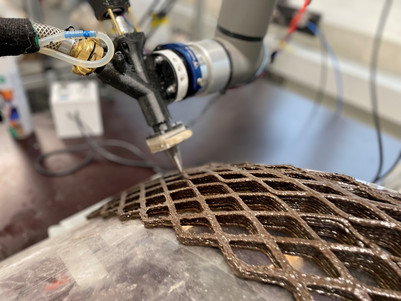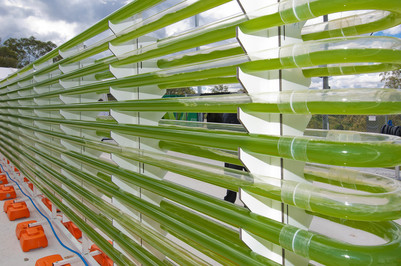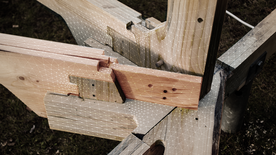

Can algae and seagrass reduce the carbon footprint of the building industry?
A new international and interdisciplinary network led by the Royal Danish Academy brings together experts from Denmark, Australia, and the UK. The network will explore the potentials of marine blue biomass such as algae, seaweed, and shellfish. The aim is to help reduce the carbon footprint of buildings and accelerate the building industry’s transition towards circular, bio-based materials.
The network by the name ‘Building with Blue Biomass’ establishes research collaborations between leading experts from Denmark, Australia and the UK from Academia and Industry. Combining architectural design with biochemical engineering, material development, advanced manufacturing and bioeconomy, the network will investigate how future building materials can be made from blue biomass, for instance organisms from the sea, lakes, streams, and aquaculture facilities such as algae, kelp, shellfish, and seagrass.


Vast opportunities for new product development
The network will examine how the diverse regenerative materials offer vast opportunities for new product development, particularly in the quest for bio-based building materials as well as biodegradable polymers to replace harmful synthetics in our built environment. Could substitutes for concrete and masonry made from fast growing micro algae help to turn our buildings into carbon sinks, i.e.? Or could we, say, 3D print building components made from seagrass or algae?
“Our future building culture will be one of bio construction and bio renovation. Marine based materials and advanced manufacturing should play a key role, but we need to consolidate knowledge and translate research to speed up implementation”, says Paul Nicholas, Associate Professor at the Royal Danish Academy, and head of 'Building with Blue BioMass'.
The network will share local insights and solutions between countries rich in regenerative blue biomass resources and identify future pathways and research to reduce the environmental impact of the building industry. Simultaneously, the project will draw attention to the importance of the world’s water bodies and marine ecosystems for a sustainable future.













